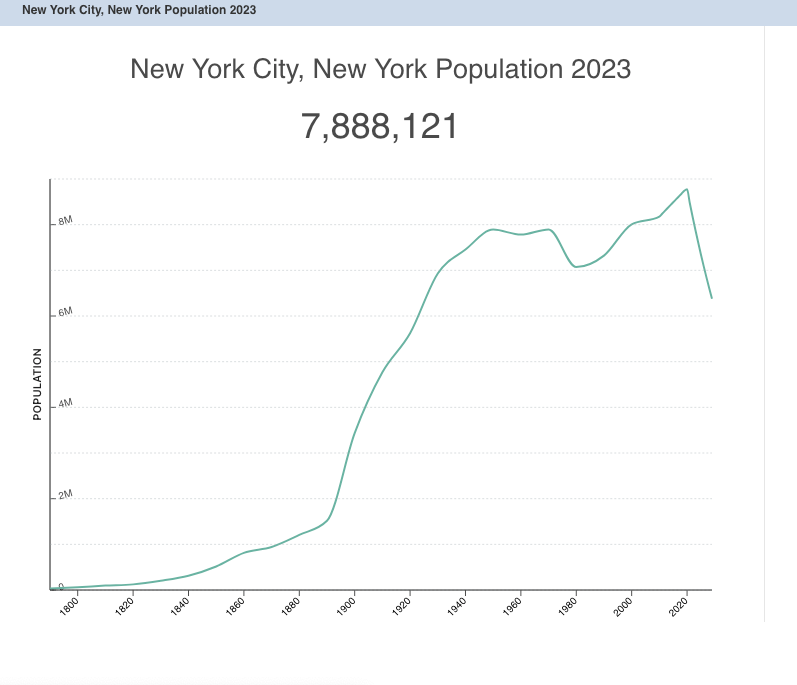As I sit here in the coffeeshop, surrounded by the hustle and bustle of city life, I can't help but ponder the observations made by Horie Takafumi, a Japanese entrepreneur, in his recent discussion on the increasing popularity of the countryside. It's an intriguing perspective that challenges the traditional notion of urbanization and forces us to question the importance of centralized hubs in today's internet-driven world.
People Follow Media
Mr Horie argues that people gathers according to the media flow. As we know, sitcoms from Friends, How I Met Your Mother, Gossip Girl are all based in New York City. That's because the film production crew are physically located and gathered in such location. The city was broadcasted to the country, bringing in ever more people. This is a different concept from traditional economics of supply and demand model. This is what explains the branding and city premium in housing price that pushes the demand in the first place.
Smartphones and social media changed everything. The cost of media production has dropped to nothing. You don't need a film crew with large equipments to broadcast. The cost of distribution of videos have dropped to nothing also. You can directly reach to your audience. This has created redistribution of media power, therefore reversed the flow.
This phenomenon is also visible in the recent drop in the New York City population.

The rise of social networking platforms has made it easier for people to connect directly, eliminating the need to approach individuals in a large city. This shift, he claims, has contributed to the increasing attractiveness of living in the countryside. As someone who still enjoys physically meeting people in cafés and randomly striking up conversations, I find myself in the minority. Most people, it seems, are content with this approach with the convenience of watching Netflix at home with their loved ones.
Abundance Entertainment
Another phenomenon Horie points out, as he himself grew up in a countryside himself, is the abundance of entertainment onine. Throughout the human history, entertainment revolved around the physical proximity. It started as an entertainer like circus to the 20th century's Disney Land. You pay for the ticket fee to enjoy certain activities.
But now, the entertainment is free on your smartphone. There's more content than you can ever consume in your lifetime, and they're offered for free.
Indeed, the advent of internet media has reshaped our entertainment preferences and, to some extent, eroded the appeal of city life. The statistics and dating preferences discussed in the book "Cities" may be outdated, indicative of a population that is clinging to outdated ideals.
In the book Triumph of the City, Edward Glaeser argues cities provide entertainment, such as dating market as well as high quality restaurants. His argument still holds true for young people. Online only girlfriend is still not a thing. But the requirement of the pool of dates you require might be only 10,000 instead of 1 million.
What about Tokyo
In this sense, the question arises: do we really need Tokyo? Tokyo prides itself as the largest city in the world since 1954.
Horie himself points out the significance of the Shinkansen and its ability to connect cities like Fukuoka and Kagoshima (280km distance) in a mere 1.5 hours. It's clear that the so-called "Inaka" areas of Japan are highly developed and connected, offering competition to the traditional suburb concepts where some commute time is well over 1 hour.
As someone who appreciates the competitive restaurant scene near my home, I can't deny the allure of city life. However, it's true that the excitement of constantly seeking out new hotspots can become tiresome. Perhaps it's better to visit Tokyo twice a month and fully immerse ourselves in the city rather than experiencing it on a daily basis. Living near a Shinkansen station, in a more affordable city with a population of less than 100,000, could offer the perfect compromise.
Despite the buzz of remote work, there's still demand for human interaction. It just has to be dense and compact. A certain entertainment like large scale art exhbition like that of MOMA still needs to be centralized and bring people from elsewhere. But what we need is multiple strategized spots within the cities instead of connecting everywhere randomly within the city and suburb. It's that density of purposeful locations that we need, which cant be captured simply by the population size.
In this landscape of rapidly aging population of Japan, the disappearance of smaller towns and villages with populations around 10,000 seems inevitable. On the other hand, Canada's population has just hit 40 million last month (14% increase since 2015). Towns like Ajax in Ontario, with a population of 110,000, continue to grow and thrive. These 2 countries will be the perfect contrasts and case studies to observe in the next 10 years.
Leverage Internet
Ultimately, the key to thriving in this evolving landscape lies in our ability to capitalize on internet technology. Those who possess the skills to work remotely and leverage the power of the internet can escape the physical constraints of a single location, whether it be Tokyo or Toronto. It's about recognizing the importance of connectivity and finding ways to create centralized systems that improve vertical access and limit the need for extensive transportation networks within a city.
While the future remains uncertain, one thing is clear: the dynamics of city life are undergoing a significant transformation. Whether it's the allure of the countryside or the need for centralized hubs, society is evolving, and our understanding of what makes a city desirable must adapt accordingly.

